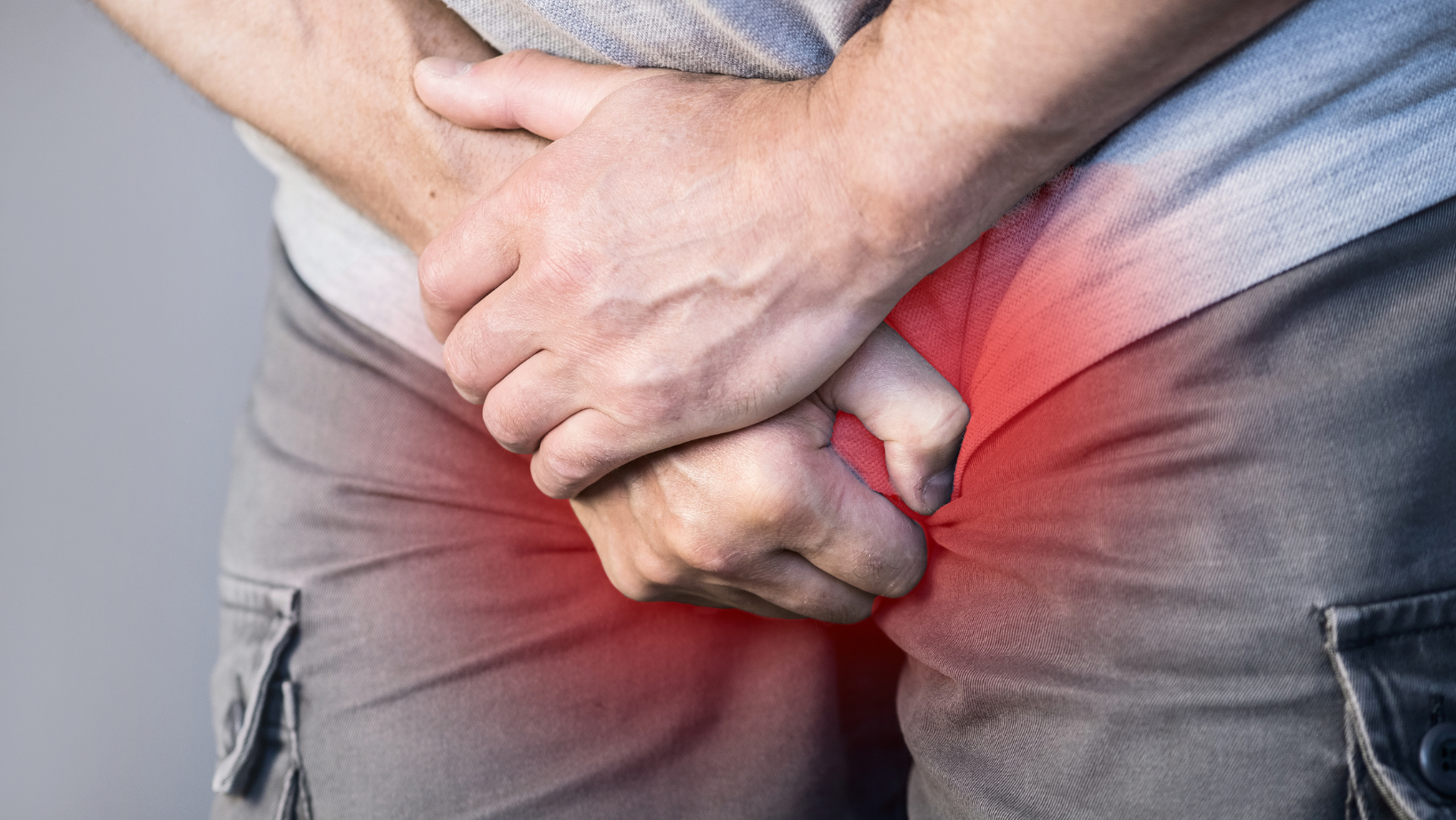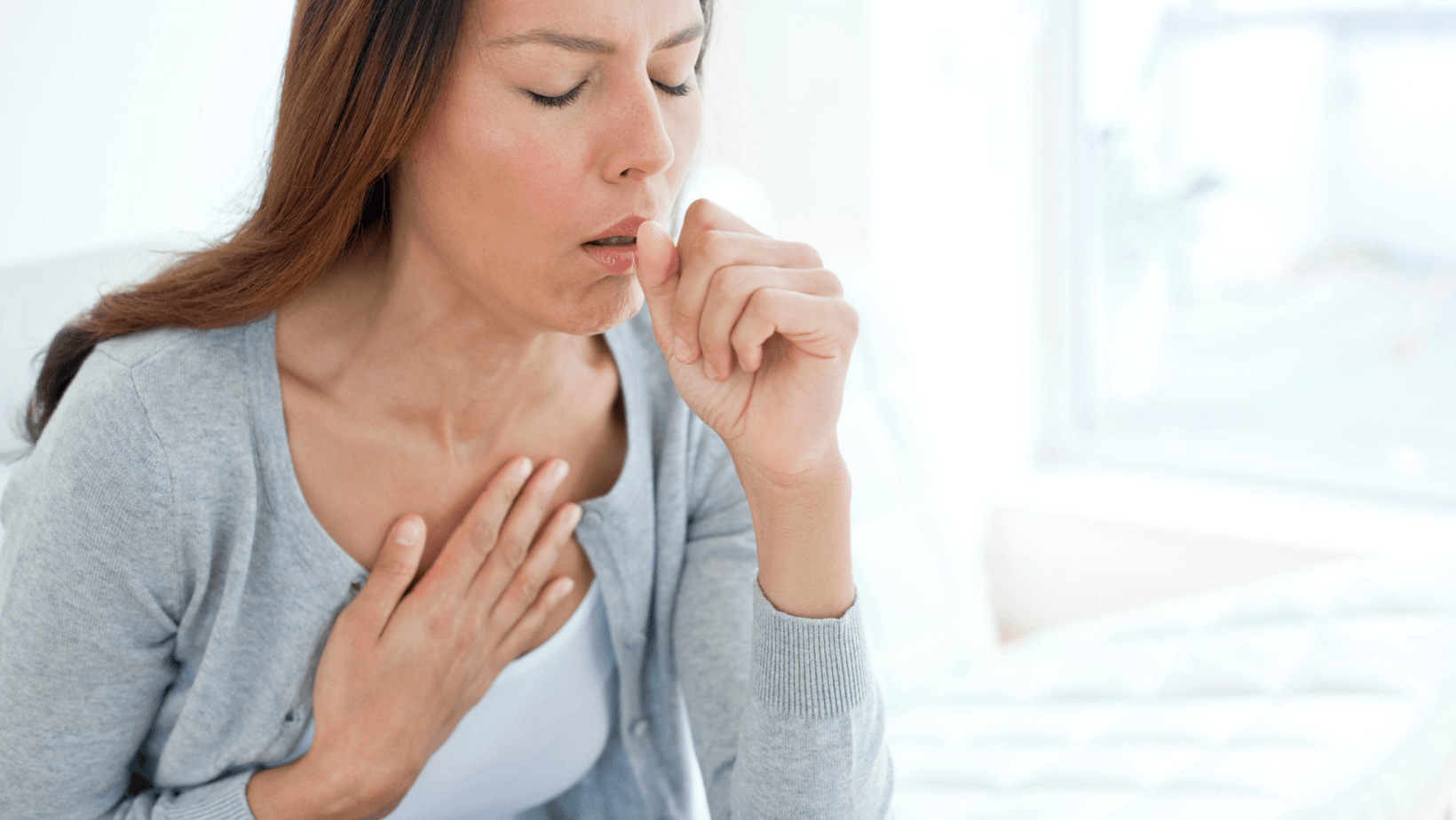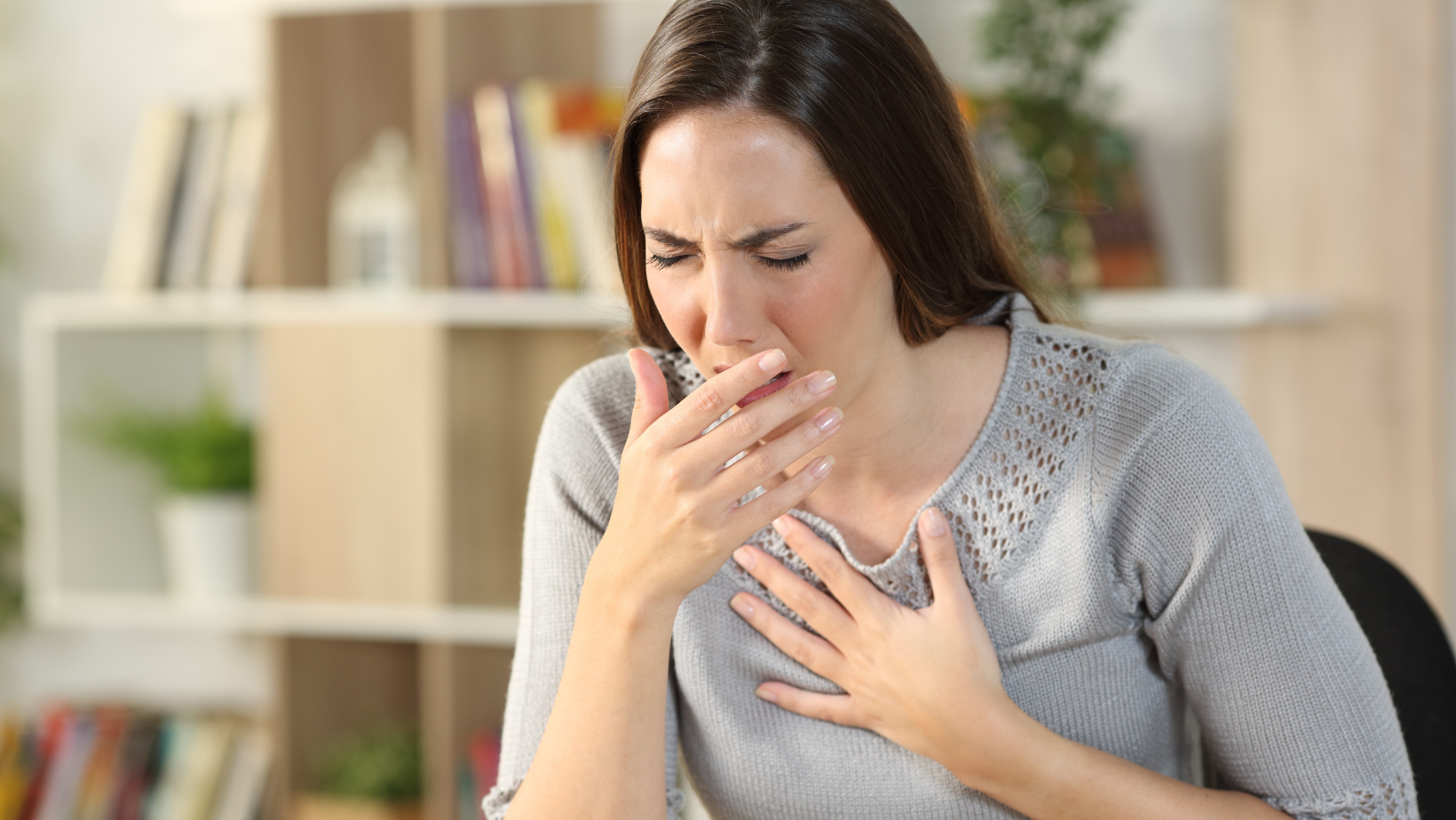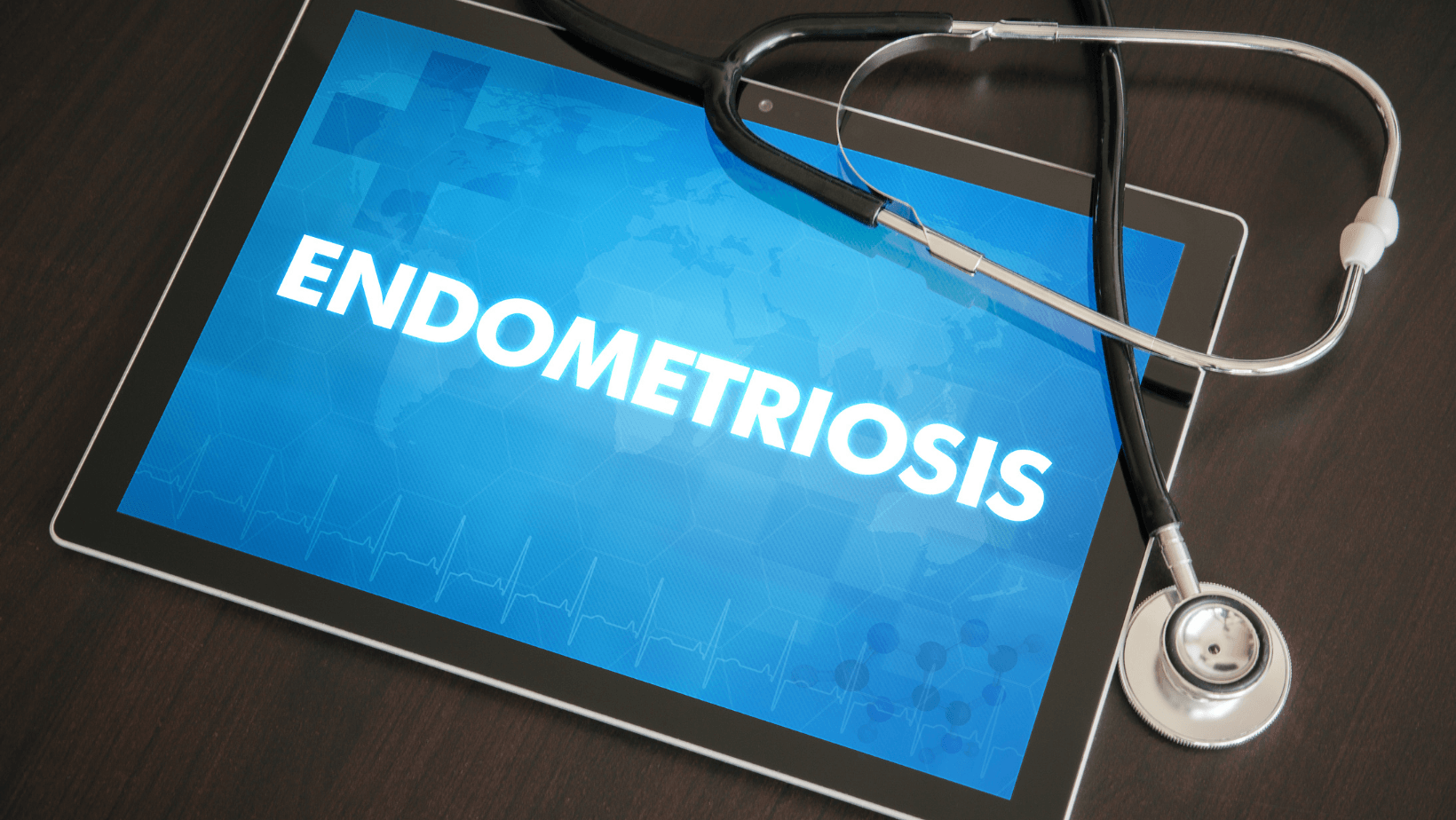COPD - Symptoms, Causes, and Treatment - Avicenna Health
Patient History
A 68-year-old man with a smoking history of one pack per day for 40 years has been diagnosed with COPD.
He came to the clinic with progressive shortness of breath and chronic cough, productive of yellowish sputum. On examination, he appears cachectic. His neck veins are mildly distended. Lung examination reveals a barrel chest with moderate inspiratory and expiratory wheezing.
So what is COPD?
Defintion of COPD
COPD or chronic obstructive pulmonary disease is a group of conditions that affect the lung, causing difficulty breathing and other progressive respiratory symptoms that worsen over time.
There are two main conditions that can be found in COPD:
- Emphysema – destruction in the alveoli (air sacs) due to irritating gases such as smoking
- Chronic bronchitis – an inflammation that affects the bronchial tubes, characterized by a long-term secreting mucus, coughing, and wheezing
How much time does it last?
Unfortunately, COPD is a long-term condition that cannot be cured or even reversed. Even though in most cases, its symptoms can be well controlled by using the right treatments.
Symptoms
Some patients may not feel any symptoms initially, but sooner or later, symptoms will start to appear as the lung damage gets worse. Anyway, symptoms often include:
- Breath shortness - Medically known as dyspnea, which is the difficulty of getting enough air. Especially after exercises or tiring activities.
- Cough – often productive; its product can be yellow, green, or clear.
- Wheezing – A whistling sound happens when the airways are tightened.
- Chest tightness – A discomfort or heaviness feeling in your chest.
In addition to:
- Frequent respiratory infections
- Bluish fingers
- Weight loss
- Swollen feet or ankles
- Fatigue
Causes
Mainly, tobacco smoke is the most common cause of COPD. Secondhand smoking is also considered as one of the causes.
Smoker patients have to cut off smoking immediately because the more you smoke, the longer you have smoked, the worst your condition will be.
Smoking seems to be not the only cause; there is a lot of others that can be considered:
- Irritating substances, whether chemical or environmental, like dust, fuels’ fumes, and many others.
- Genetics causes such as Alpha-1-antitrypsin deficiency (AAT).
Risk Factors
- Smoker patients
- Patients with asthma
- Pollutant exposure, for dust or chemicals
- Patients older than 40
And we should put into consideration that frequent respiratory infections in childhood increase the risk of getting COPD in adulthood.
When to see a doctor?
COPD can be a life-threatening condition and demand medical care in some cases. Call your doctor if your symptoms are persistent or getting worse over time.
Other signs and symptoms that indicate a severe condition include:
- A severe breath shortness
- Fast breath
- Fast heartbeats
- Bluish face or lips
Diagnosis
A doctor will ask you to do some tests besides a physical examination and take a complete medical history.
Lung functions tests play the leading role in diagnosing. Often include Spirometry. A test performs using a small machine called a spirometer to measure how much air you can breathe in and out and how fast.
Diagnostic procedures, such as chest X-rays or CT scans, are essential too. Mainly, they can show emphysema, one of the leading causes of COPD, in addition to ruling out other pulmonary diseases like pneumonia or heart diseases like heart failure.
Lab tests
also can be considered even though they cannot be used to diagnose COPD. A unique lab test that is sometimes performed is detecting Alpha-1-antitrypsin deficiency (AAT), which can cause COPD, especially at a young age.
Differential Diagnosis
- Congestive heart failure
- Chronic asthma
- Bronchiectasis or bronchitis
- Emphysema
- Alpha-1-antitrypsin deficiency (AAT)
- Pulmonary embolism (PE)
Management
Generally, patients should know that COPD cannot be cured. And what makes things worse is that COPD is a progressive condition, and its symptoms worsen over time without good management.
First things first, a patient has to quit smoking to reduce the exacerbations of COPD.
A doctor may prescribe medications like bronchodilators or inhaled steroids to help relieve the symptoms and reduce inflammation.
Theophylline can be prescribed in some cases when other medications are not improving your symptoms.
Surgery can be an option in some severe cases.
And remember, if you have any concerns about non-emergent health conditions, you may schedule a telemedicine consult with the Avicenna Health provider for an individualized consultation.
References
Mayoclinic.org
Webmd.com
Medscape.com
Nhs.uk
Health.com













